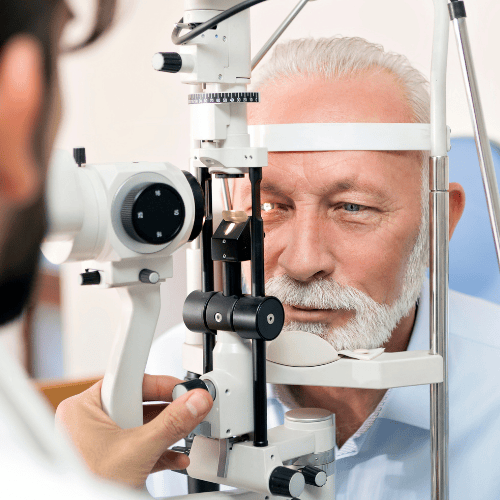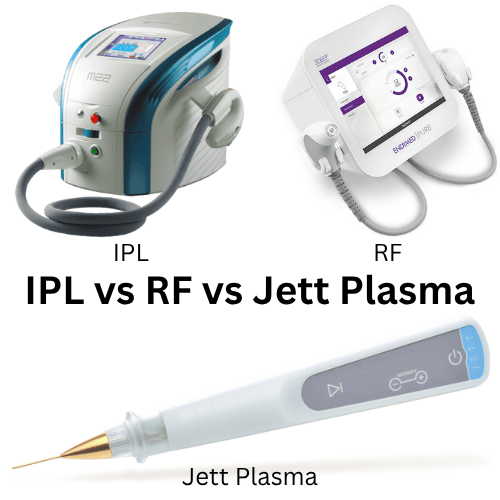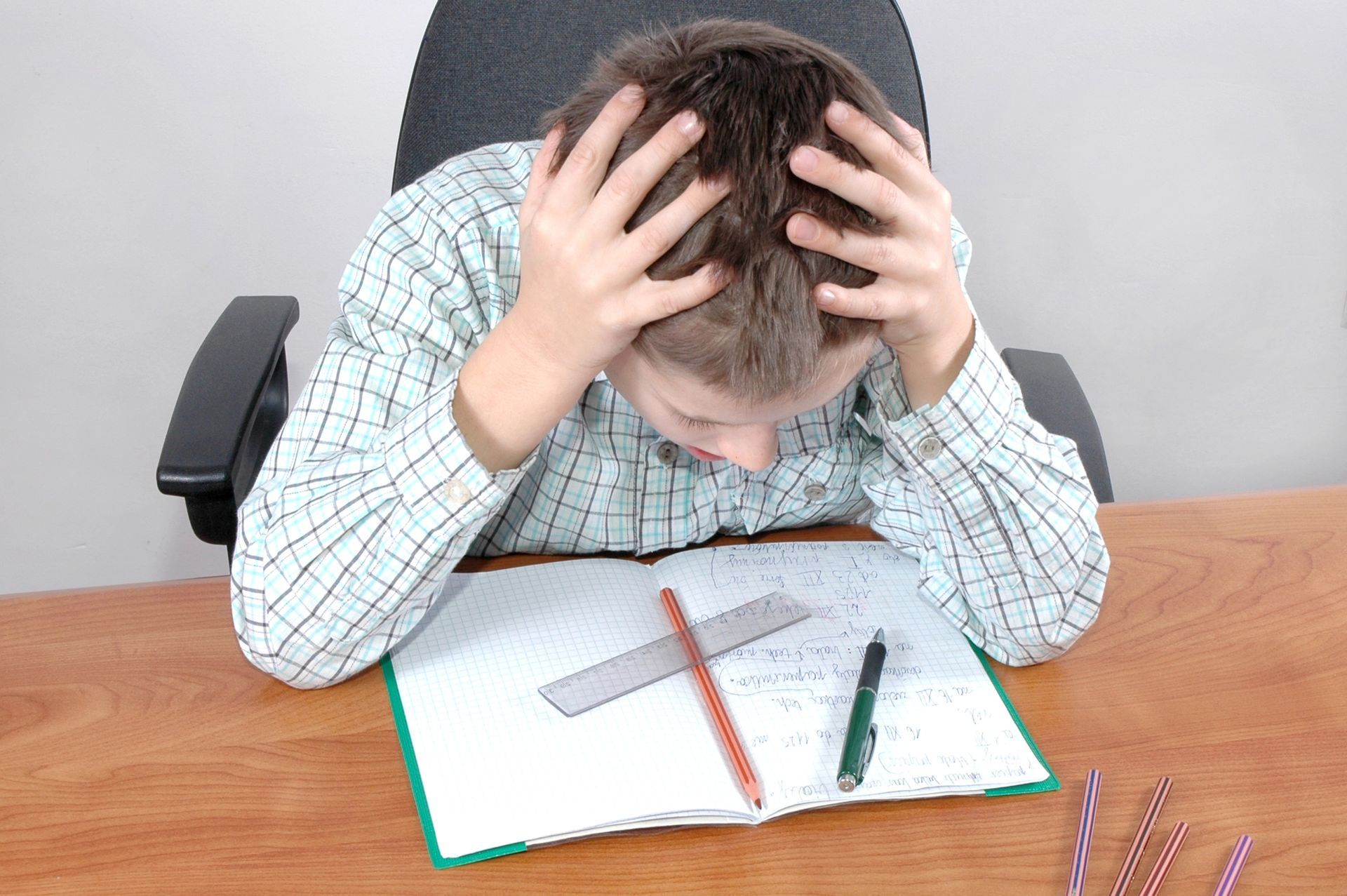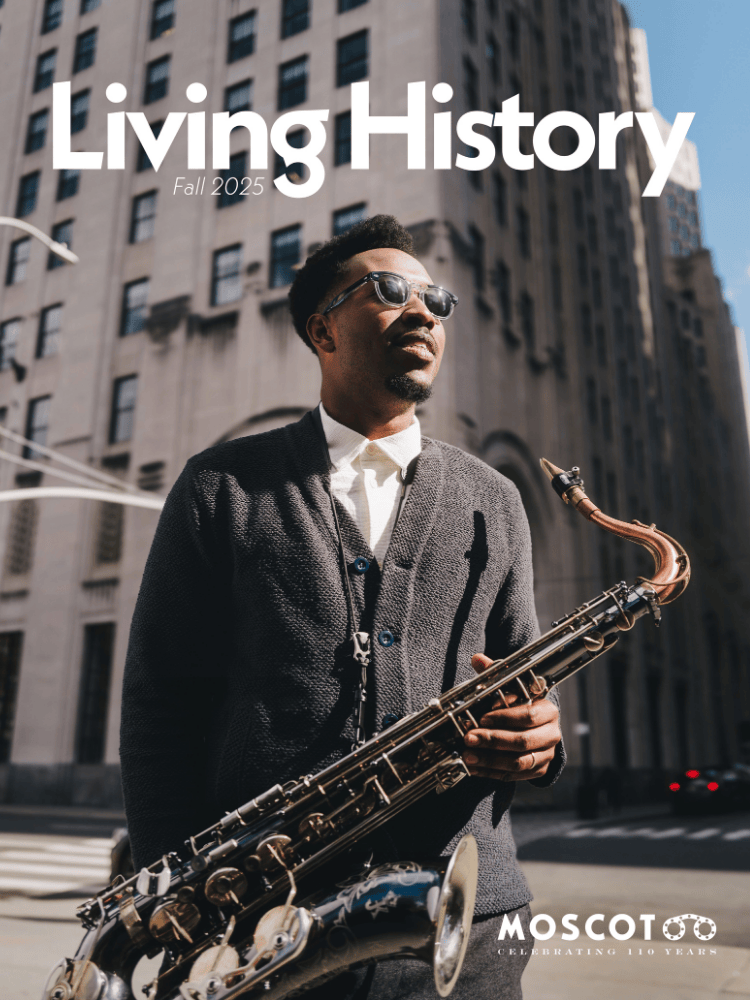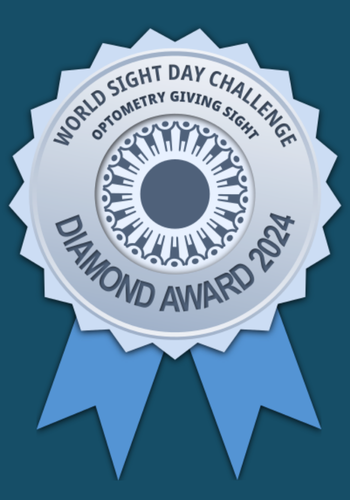INFANT EYE EXAMS

Many parents are surprised to hear that we recommend a child’s first exam between the ages of 6 and 12 months of age. “How can you test a baby’s eyes, when they can’t tell you what they see?” is a common question.
The fact is, we test most of the same systems during an infant eye exam as an adult eye exam. We just go about it (very) differently. Here’s what we do:
1. Test for eye teaming – do the eyes work together? A baby’s eyes may look aligned but there may be subtle problems interfering with eye teaming that can only be picked up by an eye doctor. Note: many infants will have a noticeable eye turn on occasion, this is not necessarily a serious concern.
2. Test for fixation – does the baby “lock on” to interesting targets like a small toy or a person’s face? We will test each eye for the ability to fixate which implies good vision. While we can’t tell how low on an eye chart a baby can see, we can infer what their level of vision is by how they fixate on a target.
3. Test for normal eye movements – do the eyes move in the proper direction, and do the pupils constrict while the baby looks at an object very close?
4. Test if your baby is nearsighted, farsighted or has astigmatism – yes, we can tell this information WITHOUT asking any questions or using computerized devices – using a hand-held instrument called a retinoscope. While we may not prescribe glasses on an infant we can often tell if there is a risk of amblyopia (lazy eye) by using a retinoscope.
5. Test for any eye health concerns – we will look carefully at the outside as well as the inside structures of your baby’s eyes to make sure there are no signs of eye disease
Book your eye exam now
for your young children – they are covered under Alberta Health each year!
Watch this brief but informative video on “how an infant sees” by Clicking Here

